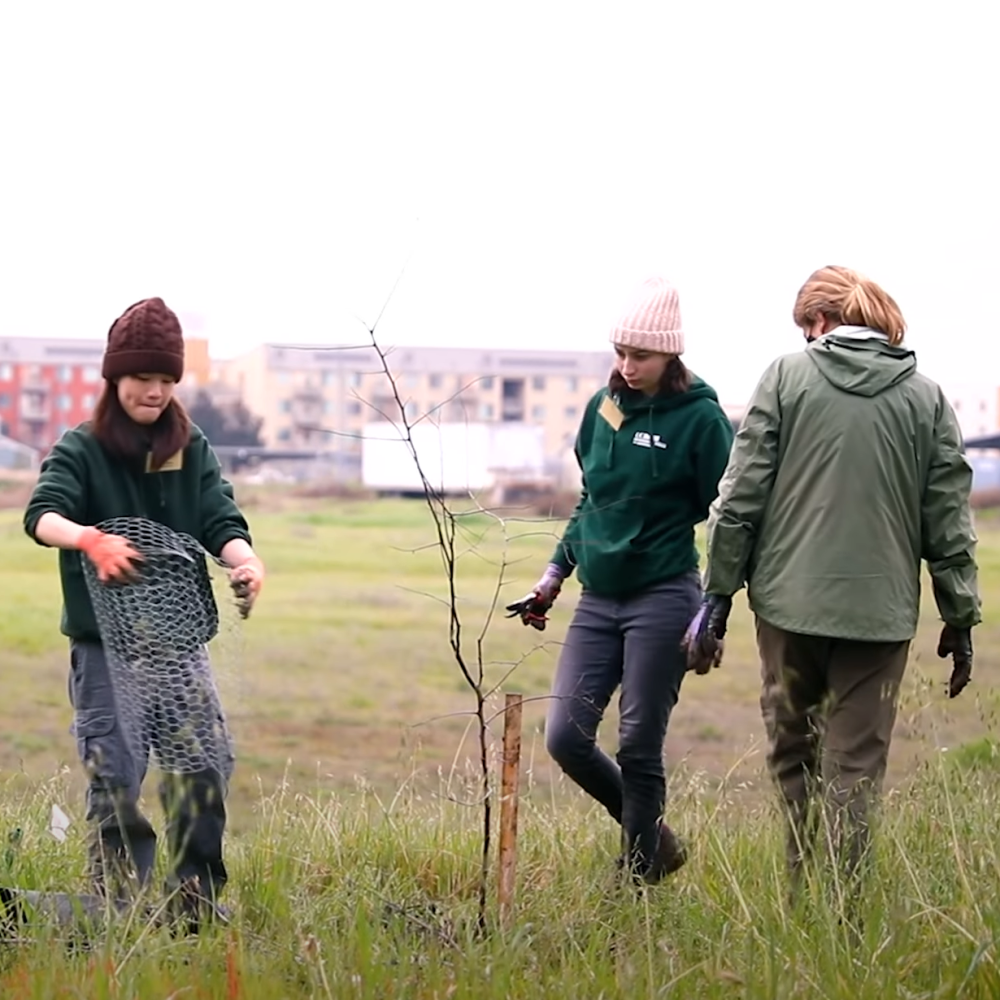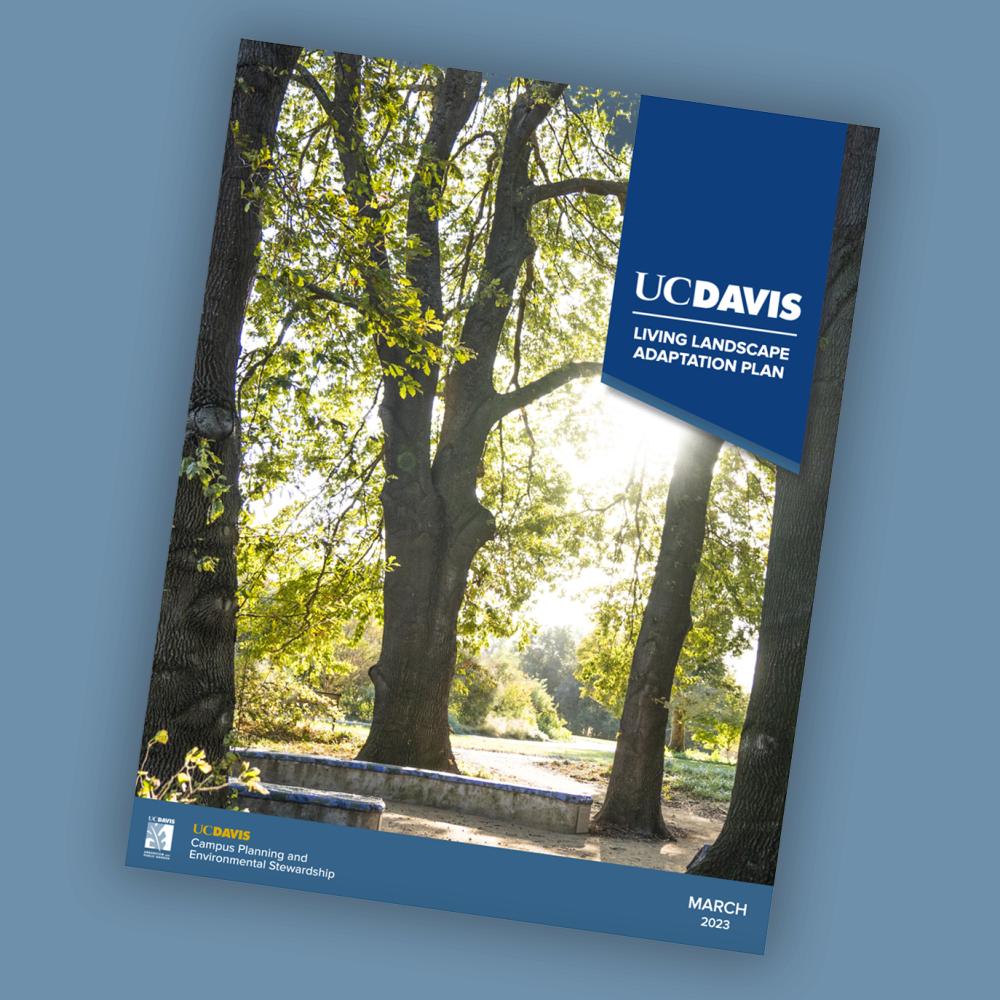Cork oak harvest
Cork oaks (Quercus suber) have a long history of being commercially harvested to create bottle stoppers for wine, cork boards, flooring, and many other familiar products. Since most of the world's cork supply comes from Portugal and Spain, the intricate procedure involved in harvesting cork is relatively unknown in the United States. To shine a light on this process, the UC Davis Department of Viticulture and Enology, in partnership with the UC Davis Arboretum and Public Garden, hosted a cork oak bark harvest demonstration performed by European experts for students in the Wine Technology and Winery Systems class (VEN 135), stakeholders in the regional wine industry, and other campus affiliate groups on May 30, 2024. Permanent signage will be installed near the harvested oak to interpret why this tree looks different from the others. Click to see a map of where the harvest took place.

Cork Harvest Comes to UC Davis
Read more about the live demonstration, our campus's incredible oak collection, the practice or cork harvesting and more!
UC Davis' rich history with cork oaks
During World War II, many of these trees were planted on campus in order to address cork shortages during the war. Today, UC Davis is home to over 500 of these trees, celebrated for their distinctive beauty, large size, ample shade and wildlife value. In addition to these benefits, cork oaks are the only tree with the unique ability to regenerate their bark with minimal impact on the health of the tree.
Where are all our cork oaks?
See where the hundreds of UC Davis' cork oaks are located on the campus's tree database.
Instructions: To find their locations, click the link below, toggle on the "UC Davis Trees" filter then type "cork oak" into the common name field and select it from the drop down.
Explore UC Davis' tree map
Planning Today for Tomorrow's Trees
The Arboretum and Public Garden is dedicated to protecting UC Davis' urban forest. Learn more about how we are planning for the future of our trees by visiting the links below.





